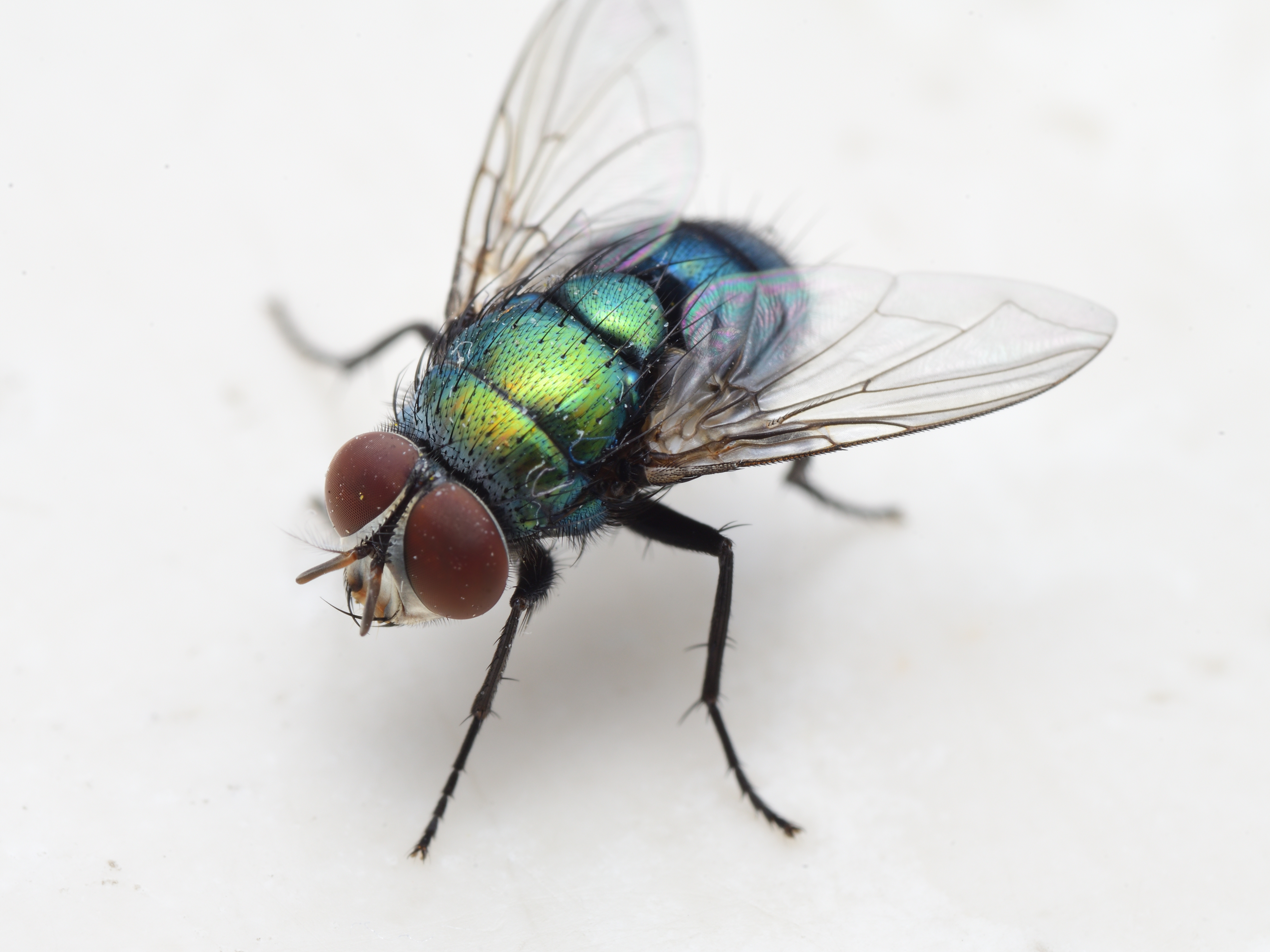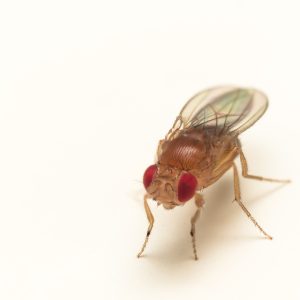Description
| Size | Medium-sized flies; 0.3-0.4 inches in length |
| Color | The common species are blue, green, blue-green, or bronze and have a characteristic metallic sheen. |
| Body Structure | Although body structure varies by species, blow, and bottle flies are medium-sized and have a robust shape. Each has the same basic oval body structure consisting of a head, thorax, and abdomen. They have six legs, 2 antennae, and a single pair of wings. Most pest species have no stripes on their thorax. Often the first sign of blow and bottle fly infestations is the presence of their larvae or “maggots.” |
| Characteristics | Blow and bottle flies are important insects in nature. They feed on and breed on rotting animal carcasses, and are often the first insects on the scene after an animal dies. Forensic entomologists use fly maggots at crime scenes to help determine the time of death. These flies are often the same flies found around garbage cans and other waste where flies lay their eggs in decaying organic material. Blow/bottle flies aggressively hunt for places to lay their eggs. They will utilize animal carcasses, garbage, manure, and even fresh foods and vegetables. For this reason, these flies have the potential to spread a variety of contaminants to humans and animals. A female blow or bottle fly will lay as many as 2000 eggs in her lifetime. Eggs can hatch within minutes of being deposited. Larval development depends on temperature and other environmental factors and adults emerge from pupae within days or weeks. |
| Habitat & Behavior | Blow and bottle flies are active year-round, though development occurs more rapidly in warmer climates. When animal carcasses are present in attics or crawlspaces, or decaying food is left indoors in trash cans, the temperature, food, and moisture they need to live and reproduce are almost always present. Keeping these conditions under control will help to prevent or slow flies from becoming a major pest issue. |
| Commonly Active | Spring / Summer / Fall |
| Risks of Infestations | The common pest species inhabit every place on Earth where organic matter decays. Problems with rodents indoors, animal excrement in the year, or a trash bin full of table scraps are all sure to attract blow and bottle flies. These flies will transmit disease-causing bacteria from one site to the next and are responsible for transmitting harmful, and even fatal, bacteria and viruses to animals. |


